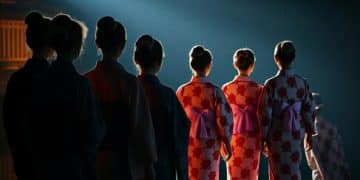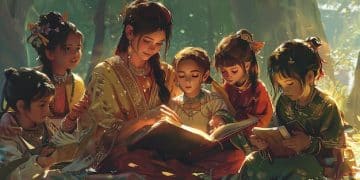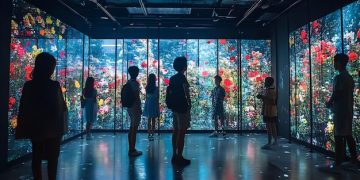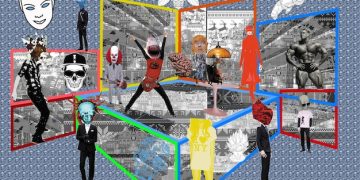K-drama historical drama picks: what to watch next
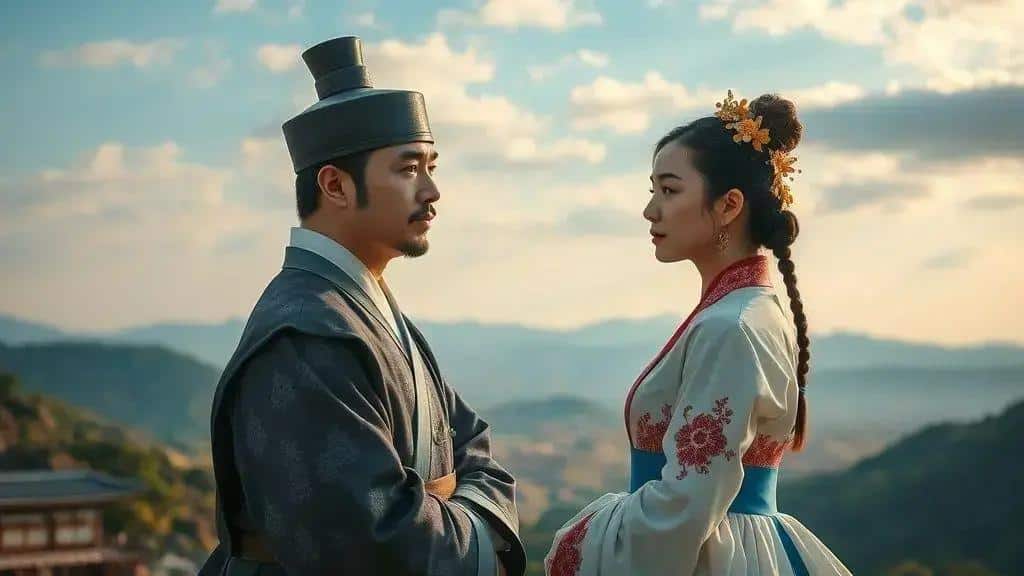
K-dramas authentically portray historical events through thorough research, accurate costumes, and engaging storytelling, effectively connecting viewers to Korea’s rich cultural and historical heritage.
K-drama historical drama picks are a delightful exploration of the past, bringing history to life through captivating storytelling and rich characters. Ever wondered which dramas truly capture the essence of historical events? Let’s dive into some remarkable series that blend entertainment with cultural insights.
Top five K-drama historical dramas to binge
If you’re a fan of historical stories and gripping narratives, look no further than the top five K-drama historical dramas that are perfect for binge-watching. These dramas not only entertain but also immerse you in vivid portrayals of different eras in Korean history.
1. Moon Lovers: Scarlet Heart Ryeo
This drama blends romance with history as it tells the tale of a woman who time-travels to the Goryeo Dynasty. Her unexpected entanglements with four royal brothers create a compelling saga filled with love and rivalry.
2. Kingdom
A thrilling series that combines historical elements with a zombie apocalypse, Kingdom showcases a prince fighting to uncover the mystery behind a deadly plague. It’s rich in suspense and delivers stunning visuals of the Joseon period.
3. Mr. Sunshine
Set in the early 1900s, this drama revolves around a young boy who rises from slavery to become a U.S. Marine. His journey back to Korea unveils a love story deeply entangled with the country’s fight for independence.
4. The Crowned Clown
Here, a lowly clown takes the place of a king to escape assassination. The duality of their lives highlights the struggles of leadership and identity during a dangerous political era. Exciting plot twists keep viewers on edge.
5. Six Flying Dragons
This historical epic chronicles the rise of the Joseon Dynasty. With themes of ambition and power, it focuses on the lives of six characters who play significant roles in this transformation.
Each of these K-drama historical dramas offers unique perspectives and compelling storytelling. They are not only an entertaining escape but also a glimpse into Korea’s rich history and cultural heritage.
The cultural impact of K-dramas in history
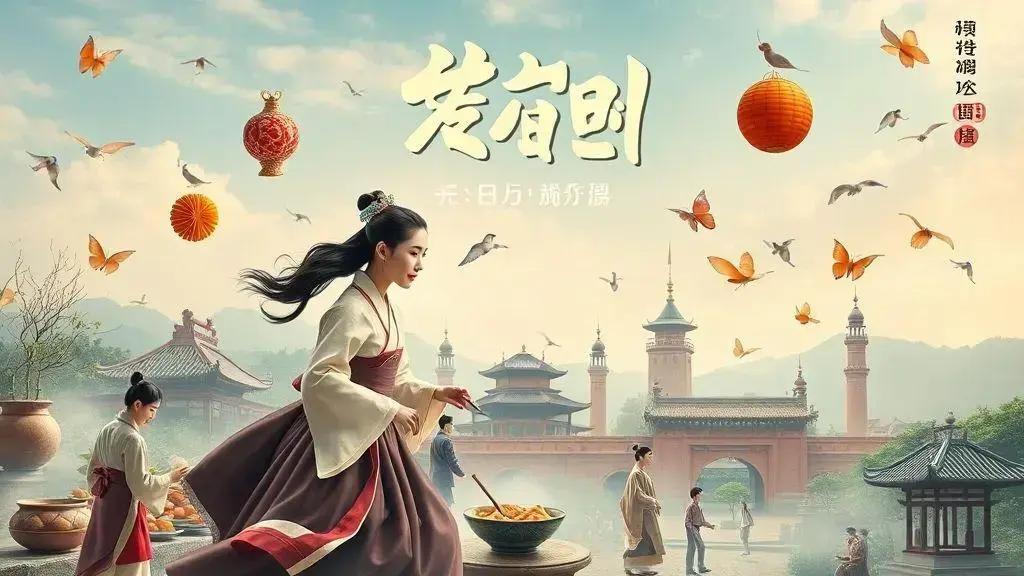
The cultural impact of K-dramas has been significant in shaping perceptions of history and tradition in Korea. These dramas bring to life important historical events and figures, making history relatable and engaging for viewers.
Many K-dramas do more than entertain; they educate. By portraying historical events with a mix of accuracy and dramatization, they can spark interest in Korean culture and history. For instance, Mr. Sunshine provides a profound look into Korea’s struggle for independence during the early 20th century. Through its characters, viewers gain insights into the challenges faced by the nation.
Exploring traditions through K-dramas
K-dramas often showcase traditional Korean customs, clothing, and cuisine. They serve as a window into the rich heritage of Korea. This exposure helps promote cultural exchange and understanding globally. Some key elements that highlight this impact include:
- Hanbok: Traditional clothing worn by characters helps to preserve and promote this unique aspect of Korean heritage.
- Culinary traditions: Kitschy cook-offs or family dining scenes introduce viewers to traditional Korean dishes.
- Folklore and mythology: Many dramas incorporate stories from Korean folklore, making them accessible to a wider audience.
- Historic locations: By filming in actual historical sites, K-dramas contribute to the preservation and promotion of cultural landmarks.
The narrative styles and themes often reflect social issues and values important to Korean society. This representation can resonate deeply with audiences, creating a sense of shared identity and pride. As viewers connect with the stories, they are also drawn to learning more about Korea’s past and its cultural significance.
Additionally, the global popularity of K-dramas has led to increased tourism in South Korea, with fans visiting locations featured in their favorite shows. This phenomenon shows how powerful K-dramas can be in connecting cultures and fostering appreciation for Korean history.
Behind the scenes of popular historical K-dramas
Exploring the behind the scenes of popular historical K-dramas reveals the hard work and creativity that go into bringing these stories to life. These productions involve a dedicated team of directors, writers, and actors who ensure authenticity and quality.
Filming historical dramas often takes place in stunning locations that reflect Korea’s rich past. This attention to detail helps immerse viewers in the story, making it feel more real. For example, the vibrant set designs and costumes are carefully crafted to represent the specific time periods portrayed in the dramas.
Costume design and preparation
The costume department plays a crucial role in historical K-dramas. Designers research traditional clothing styles to create authentic outfits that fit the characters’ roles. Attention to fabrics, colors, and styles is essential, as these elements enhance the overall storytelling.
- Historical accuracy: Costumes are often inspired by actual clothing from the era, providing a realistic depiction.
- Character development: Each character’s outfit reflects their social status and personality traits.
- Fitting sessions: Actors undergo multiple fittings to ensure comfort and authenticity in their costumes.
In addition to costumes, props and sets are equally important. Props like traditional tools, furniture, and decorations support the storyline and create an immersive environment. The physical spaces where these dramas are filmed, such as historical sites or created sets, make each scene vibrant and impactful.
Behind every episode, there is a lot of collaboration and teamwork. Directors work closely with actors during rehearsals, ensuring that every performance captures the essence of the character and the story. This process includes practicing dialogues, building chemistry between actors, and creating engaging scenes.
Moreover, the cinematography in historical K-dramas is breathtaking. Filmmakers use various techniques like camera angles, lighting, and color grading to evoke the emotions of each scene. This artistry enhances the overall viewing experience and helps transport the audience to different eras.
How K-dramas authentically portray historical events
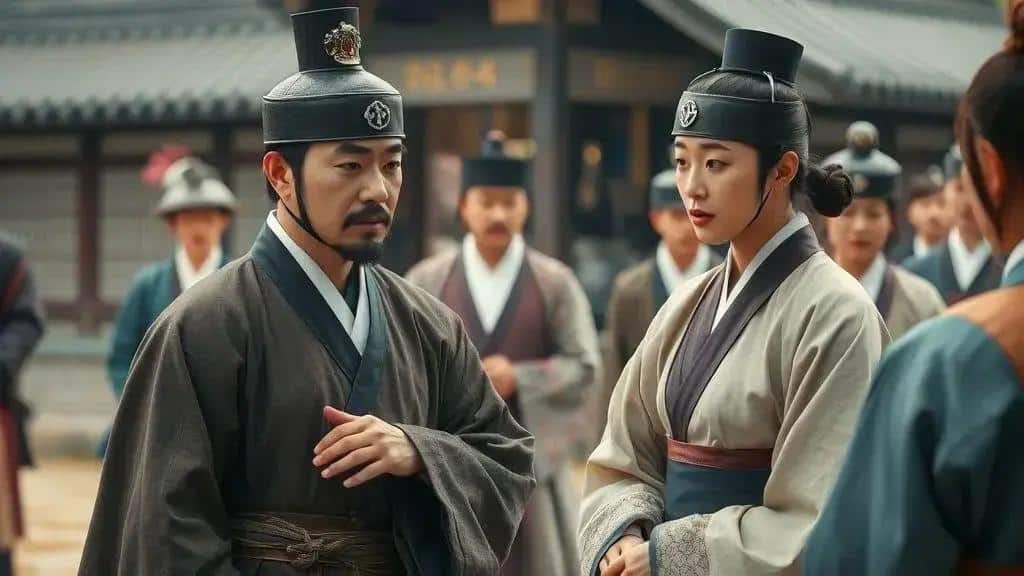
K-dramas have a unique way of portraying historical events that captivates audiences while providing key insights into Korea’s past. By blending fact with fiction, they create engaging narratives that also educate viewers about significant moments in history.
One main aspect of how K-dramas achieve authenticity is through thorough research. Writers and producers often study historical texts, consult experts, and analyze archaeological findings to ensure the events depicted on screen are grounded in reality. The attention to detail in these shows contributes to a richer understanding of historical contexts.
Key elements of authentic portrayal
Several elements come together to present a true-to-life depiction of history in K-dramas:
- Accurate timelines: K-dramas carefully align their narratives with historical events, showcasing their proper sequences and timelines.
- Cultural practices: By including authentic customs and traditions, these dramas bring the past to life, offering viewers a glimpse of daily life in different eras.
- Character true to their time: Characters are often based on real historical figures or archetypes, which adds depth and believability to the stories.
In addition to these features, K-dramas often incorporate significant historical conflicts and turning points. For example, shows like Six Flying Dragons illustrate the rise of the Joseon Dynasty, portraying struggles for power and the influence of key historical figures. This portrayal fosters a deeper understanding of how these events shaped Korea.
Moreover, the use of language and dialogue can reflect historical accuracy and societal norms from the time. Writers carefully curate dialogues to align with the selected period, ensuring that the characters speak in a way that mirrors historical language, making their interactions more realistic.
Costuming and set design further enhance the authenticity of K-dramas. Detailed costumes and meticulously designed sets recreate the aesthetic of different periods, allowing viewers to immerse themselves fully in the story. These visual elements help to reinforce the historical context and make the dramas more relatable.
In conclusion, K-dramas are more than just entertainment; they serve as a bridge to understanding Korean history and culture. By combining accurate historical portrayals with engaging storytelling, these dramas captivate viewers around the globe. The attention to detail in costumes, settings, and narratives allows audiences to connect with the past in meaningful ways. As they watch, viewers gain insights not just into the events, but also into the rich traditions and values of Korean society. K-dramas have truly become a cultural phenomenon, fostering appreciation for history while providing enjoyment.
FAQ – Frequently Asked Questions about K-dramas and Historical Portrayal
How do K-dramas ensure historical accuracy?
K-dramas conduct thorough research, consulting historical texts and experts to accurately portray events and cultural details.
What role do costumes play in K-dramas?
Costumes are designed to reflect the historical period accurately, helping to bring authenticity and depth to the characters and story.
Can K-dramas spark interest in Korean history?
Yes, many viewers become interested in learning more about Korea’s history due to the engaging stories and cultural insights presented in K-dramas.
How do K-dramas portray significant historical figures?
K-dramas often feature real historical figures and events, creating narratives that highlight their importance and impact on Korean history.

